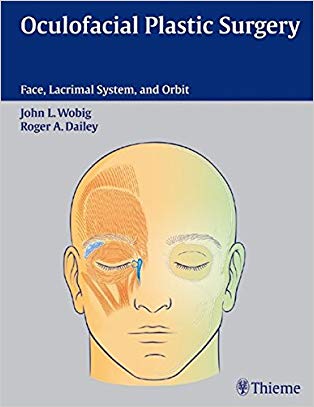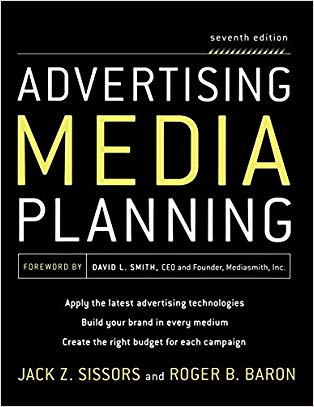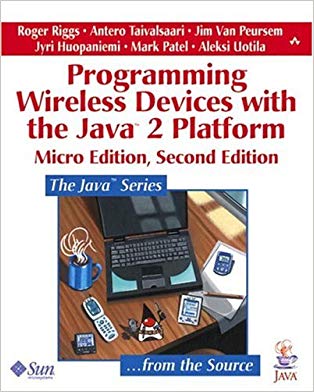Ir al contenido
Resultados de la búsqueda para: Roger Pla
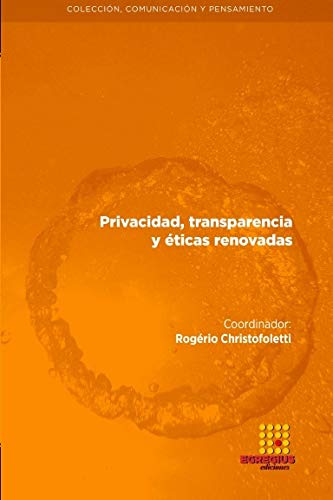

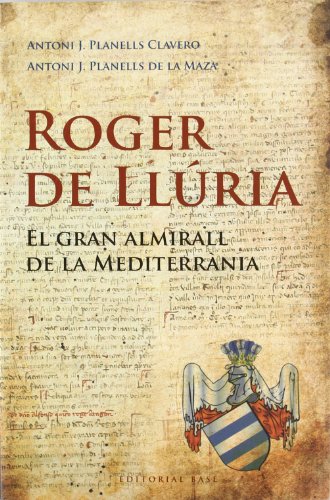

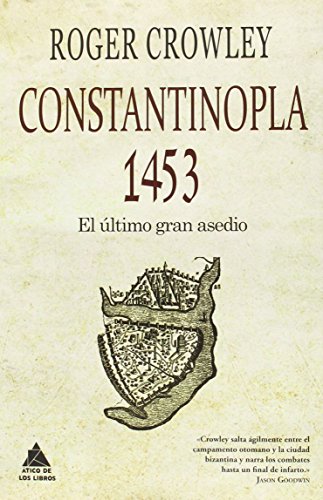





 In North American Cross-cultural Church Planting, Dr. Glenn Rogers explains how to plant churches cross-culturally. Of the 300 million people who call America home, nearly 100 million of them are unchurched people. America has one of the highest unchurched populations in the world. Many of those 100 million unchurched people are non-Anglo people who have immigrated to this country. They need to hear the story of Jesus. Planting churches cross-culturally is the best way to reach ethnically-other people, sharing with them the story of Jesus, leading them into a reconciled, renewed relationship with God.
In North American Cross-cultural Church Planting, Dr. Glenn Rogers explains how to plant churches cross-culturally. Of the 300 million people who call America home, nearly 100 million of them are unchurched people. America has one of the highest unchurched populations in the world. Many of those 100 million unchurched people are non-Anglo people who have immigrated to this country. They need to hear the story of Jesus. Planting churches cross-culturally is the best way to reach ethnically-other people, sharing with them the story of Jesus, leading them into a reconciled, renewed relationship with God.
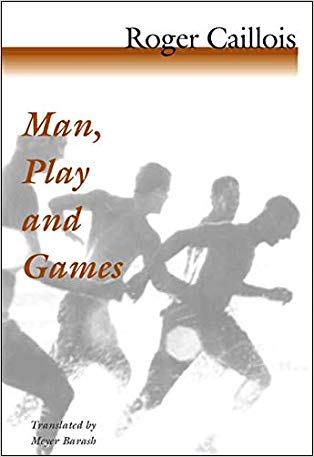



 A metade da população mundial mora em cidades. Para o ano 2025, esta cifra aumentará para 75% da população. A cidade moderna - estabelecida pela criação de um setor privado interessado no benefício financeiro e um setor público motivado pelas soluções a curto prazo - é, porém, uma causa direta de contaminação, alienação e divisão social. O arquiteto Richard Rogers apresenta neste livro, baseado em suas conferências de Reith (1995), um novo e radical programa de ação para o futuro de nossas cidades. Demonstra a influência que exerce a arquitetura e o planejamento urbano sobre nossas vidas cotidianas, e adverte sobre o impacto potencialmente negativo que as cidades modernas podem supor sobre o meio ambiente. Rogers argumenta que apenas através do planejamento sustentável poderemos proteger a ecologia de nosso planeta e cumprir, assim, com nossas responsabilidades perante as gerações futuras. O planejamento urbano sustentável configura-se, assim, como nossa única oportunidade real de criar cidades dinâmicas ideais que sejam, ao mesmo tempo, respeitosas com os cidadãos e com o meio ambiente.
A metade da população mundial mora em cidades. Para o ano 2025, esta cifra aumentará para 75% da população. A cidade moderna - estabelecida pela criação de um setor privado interessado no benefício financeiro e um setor público motivado pelas soluções a curto prazo - é, porém, uma causa direta de contaminação, alienação e divisão social. O arquiteto Richard Rogers apresenta neste livro, baseado em suas conferências de Reith (1995), um novo e radical programa de ação para o futuro de nossas cidades. Demonstra a influência que exerce a arquitetura e o planejamento urbano sobre nossas vidas cotidianas, e adverte sobre o impacto potencialmente negativo que as cidades modernas podem supor sobre o meio ambiente. Rogers argumenta que apenas através do planejamento sustentável poderemos proteger a ecologia de nosso planeta e cumprir, assim, com nossas responsabilidades perante as gerações futuras. O planejamento urbano sustentável configura-se, assim, como nossa única oportunidade real de criar cidades dinâmicas ideais que sejam, ao mesmo tempo, respeitosas com os cidadãos e com o meio ambiente.





 In North American Cross-cultural Church Planting, Dr. Glenn Rogers explains how to plant churches cross-culturally. Of the 300 million people who call America home, nearly 100 million of them are unchurched people. America has one of the highest unchurched populations in the world. Many of those 100 million unchurched people are non-Anglo people who have immigrated to this country. They need to hear the story of Jesus. Planting churches cross-culturally is the best way to reach ethnically-other people, sharing with them the story of Jesus, leading them into a reconciled, renewed relationship with God.
In North American Cross-cultural Church Planting, Dr. Glenn Rogers explains how to plant churches cross-culturally. Of the 300 million people who call America home, nearly 100 million of them are unchurched people. America has one of the highest unchurched populations in the world. Many of those 100 million unchurched people are non-Anglo people who have immigrated to this country. They need to hear the story of Jesus. Planting churches cross-culturally is the best way to reach ethnically-other people, sharing with them the story of Jesus, leading them into a reconciled, renewed relationship with God.

 A metade da população mundial mora em cidades. Para o ano 2025, esta cifra aumentará para 75% da população. A cidade moderna - estabelecida pela criação de um setor privado interessado no benefício financeiro e um setor público motivado pelas soluções a curto prazo - é, porém, uma causa direta de contaminação, alienação e divisão social. O arquiteto Richard Rogers apresenta neste livro, baseado em suas conferências de Reith (1995), um novo e radical programa de ação para o futuro de nossas cidades. Demonstra a influência que exerce a arquitetura e o planejamento urbano sobre nossas vidas cotidianas, e adverte sobre o impacto potencialmente negativo que as cidades modernas podem supor sobre o meio ambiente. Rogers argumenta que apenas através do planejamento sustentável poderemos proteger a ecologia de nosso planeta e cumprir, assim, com nossas responsabilidades perante as gerações futuras. O planejamento urbano sustentável configura-se, assim, como nossa única oportunidade real de criar cidades dinâmicas ideais que sejam, ao mesmo tempo, respeitosas com os cidadãos e com o meio ambiente.
A metade da população mundial mora em cidades. Para o ano 2025, esta cifra aumentará para 75% da população. A cidade moderna - estabelecida pela criação de um setor privado interessado no benefício financeiro e um setor público motivado pelas soluções a curto prazo - é, porém, uma causa direta de contaminação, alienação e divisão social. O arquiteto Richard Rogers apresenta neste livro, baseado em suas conferências de Reith (1995), um novo e radical programa de ação para o futuro de nossas cidades. Demonstra a influência que exerce a arquitetura e o planejamento urbano sobre nossas vidas cotidianas, e adverte sobre o impacto potencialmente negativo que as cidades modernas podem supor sobre o meio ambiente. Rogers argumenta que apenas através do planejamento sustentável poderemos proteger a ecologia de nosso planeta e cumprir, assim, com nossas responsabilidades perante as gerações futuras. O planejamento urbano sustentável configura-se, assim, como nossa única oportunidade real de criar cidades dinâmicas ideais que sejam, ao mesmo tempo, respeitosas com os cidadãos e com o meio ambiente.
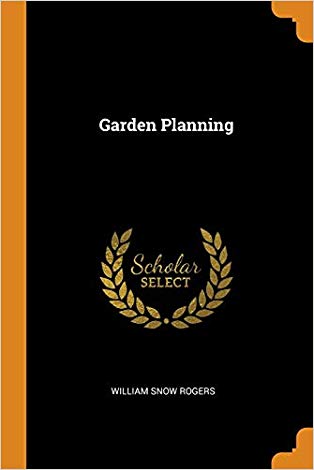 This work has been selected by scholars as being culturally important and is part of the knowledge base of civilization as we know it.This work is in the public domain in the United States of America, and possibly other nations. Within the United States, you may freely copy and distribute this work, as no entity (individual or corporate) has a copyright on the body of the work.Scholars believe, and we concur, that this work is important enough to be preserved, reproduced, and made generally available to the public. To ensure a quality reading experience, this work has been proofread and republished using a format that seamlessly blends the original graphical elements with text in an easy-to-read typeface.We appreciate your support of the preservation process, and thank you for being an important part of keeping this knowledge alive and relevant.
This work has been selected by scholars as being culturally important and is part of the knowledge base of civilization as we know it.This work is in the public domain in the United States of America, and possibly other nations. Within the United States, you may freely copy and distribute this work, as no entity (individual or corporate) has a copyright on the body of the work.Scholars believe, and we concur, that this work is important enough to be preserved, reproduced, and made generally available to the public. To ensure a quality reading experience, this work has been proofread and republished using a format that seamlessly blends the original graphical elements with text in an easy-to-read typeface.We appreciate your support of the preservation process, and thank you for being an important part of keeping this knowledge alive and relevant.
